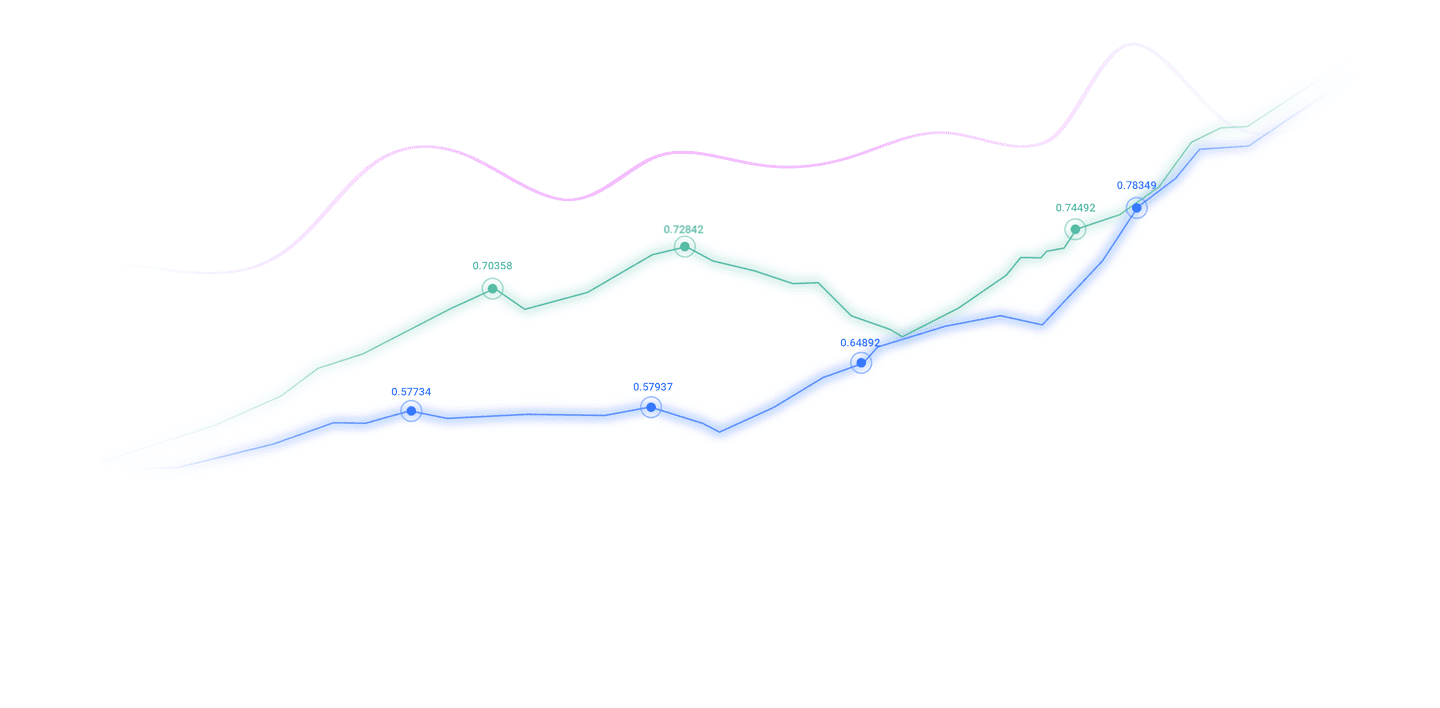Trusted by over 15 Million Traders
The Most Awarded Broker
for a Reason
CATEGORIES
News
- Gold unilateral pullback has started, and it continues to rise above 3463 tonigh
- After the non-farm upset in the United States in July, why did the pound rise sh
- Silver breaks through $40 for the first time in fourteen years, Fed rate cuts bo
- Employment data sharply downward ignites expectations of interest rate cuts in S
- Chinese live lecture today's preview
market news
How does the uncertainty of Japanese banks' policy affect the foreign exchange market?
Wonderful introduction:
A person's happiness may be false, and a group of people's happiness cannot tell whether it is true or false. They squandered their youth and wished they could burn it all, and that posture was like a carnival before the end of the world.
Hello everyone, today XM Foreign Exchange will bring you "[XM Foreign Exchange Market Analysis]: How does the uncertainty of Japanese bank policy affect the foreign exchange market?" Hope it will be helpful to you! The original content is as follows:
On Wednesday (August 13), the yen rose for the second consecutive day. Although the US dollar generally weakened, the market's expectations for the Bank of Japan (BoJ) interest rate hikes are still unclear, resulting in the lack of momentum for the yen to continue to rise. Data shows that Japan's wholesale inflation slowed in July and has been on a downward trend for the fourth consecutive month, which has exacerbated the uncertainty of the market about Japan's economic outlook. In addition, the turmoil in Japan's domestic political situation and concerns about the potential negative impact of the U.S. tariff hike on Japan's economy may delay the prospect of further policy normalization of the Bank of Japan.
On the other hand, global risk appetite is rising, and market sentiment has rebounded as the US-Russia summit aims to end the Russian-Ukrainian conflict, which has also weakened the Japanese yen's risk aversion demand. Nevertheless, the market generally believes that the Bank of Japan will raise interest rates by the end of this year, while the Federal Reserve is expected to cut interest rates in September. This expectation once again suppressed the US dollar, further improving the trend of the yen.
Brands
The economic outlook remains challenging in the recent face of several uncertainties, especially in the case of fluctuations in its domestic political situation and the possible tariffs on the United States. Japan's corporate www.xmh100.commodity price index (CGPI) rose 2.6% year-on-year in July, down from 2.9% the previous month, showing a weakening of domestic inflation pressure. However, rising prices of food and agricultural www.xmh100.commodities still suggest that inflationary pressures may spread further. This phenomenon may prompt the market to continue to expect the Bank of Japan to raise interest rates within the year, although the expectation is subject to the economic difficulties of Japan.
The U.S. Consumer Price Index (CPI) data in July showed that CPI remained at 2.7% year-on-year, and core CPI grew to 3.1% year-on-year. thisOne data supports market perceptions that recent tariff pressures are primarily temporary and are consistent with signs of worsening U.S. labor markets and slowing economy. This strengthened market expectations that the Fed cut interest rates in September, and the dollar was under pressure.
The Bank of Japan revised its inflation expectations at its July meeting and reiterated that it would raise interest rates further if economic growth and inflation meet expectations. However, markets are relatively cautious about the Bank of Japan's interest rate hikes due to pressures faced by the Japanese economy, including political instability, possible tariffs imposed by the United States, and the continued decline in Japan's real wages. Under this circumstance, market sentiment tends to be uncertain, and the yen may continue to fluctuate in the short term.
Technical:
The current US dollar/JPY is close to the lower track of the Bollinger band (146.914), which means that the price may face downward support. If the price breaks through the lower track of the Bollinger Band, it may further fall to a lower price level. The narrowing of the Bollinger band implies that the market volatility is weakened and the price may enter the consolidation stage, so it is necessary to pay attention to whether the price can remain within the current range.
The MACD indicator shows that the difference deviation value (DIFF) is positive, but the DEA value is close to 0, and the MACD bar chart is gradually shortening, indicating that the market's bull momentum is weakening. There is no strong buying signal at present, and it is expected that the price may remain fluctuating in the short term and may even face downward pressure.
RSI is currently 43.341, close to the oversold area, suggesting that the market may rebound in the short term. However, RSI has not yet entered a fully oversold zone (such as below 30), so the downside risk still exists.
Presentation Observation
In the context of the rebound in global risk appetite sentiment, the risk aversion attribute of the yen has been weakened by the market. The Fed is expected to cut interest rates in September, and the Bank of Japan has not yet clarified the time for interest rate hikes, which has reduced market demand for the yen. Despite this, the weakness of the dollar still provides some support to the yen. In the short term, global economic and political uncertainty may lead to fluctuations in market sentiment, affecting the trend of the yen exchange rate.
Future Outlook
Bules Outlook:
If the US dollar/JPY can maintain above the 147.400 support level and the RSI is close to the oversold area, the market may usher in a technical rebound. At this time, the exchange rate may rebound to around 148.300. However, it should be noted that the current market lacks strong bull momentum, so the rebound may be only short-term.
Back Outlook:
If the price breaks through the lower track of the Bollinger band and the MACD indicator shows a continuous short signal, the market may further fall to the support level of 146.615. If this support level is broken, the exchange rate may face a greater downside. Given the uncertainty of the global economy and the ambiguity of the Bank of Japan's policies, bear sentiment may dominate in the near term.
The above content is all about "[XM Foreign Exchange Market Analysis]: How does the uncertainty of Japanese banks' policy affect the foreign exchange market?"The content is carefully www.xmh100.compiled and edited by the XM Forex editor. I hope it will be helpful to your transactions! Thanks for the support!
Spring, summer, autumn and winter, every season is a beautiful scenery, and it stays in my heart forever. Leave~~~
Disclaimers: XM Group only provides execution services and access permissions for online trading platforms, and allows individuals to view and/or use the website or the content provided on the website, but has no intention of making any changes or extensions, nor will it change or extend its services and access permissions. All access and usage permissions will be subject to the following terms and conditions: (i) Terms and conditions; (ii) Risk warning; And (iii) a complete disclaimer. Please note that all information provided on the website is for general informational purposes only. In addition, the content of all XM online trading platforms does not constitute, and cannot be used for any unauthorized financial market trading invitations and/or invitations. Financial market transactions pose significant risks to your investment capital.
All materials published on online trading platforms are only intended for educational/informational purposes and do not include or should be considered for financial, investment tax, or trading related consulting and advice, or transaction price records, or any financial product or non invitation related trading offers or invitations.
All content provided by XM and third-party suppliers on this website, including opinions, news, research, analysis, prices, other information, and third-party website links, remains unchanged and is provided as general market commentary rather than investment advice. All materials published on online trading platforms are only for educational/informational purposes and do not include or should be considered as applicable to financial, investment tax, or trading related advice and recommendations, or transaction price records, or any financial product or non invitation related financial offers or invitations. Please ensure that you have read and fully understood the information on XM's non independent investment research tips and risk warnings. For more details, please click here


































































































